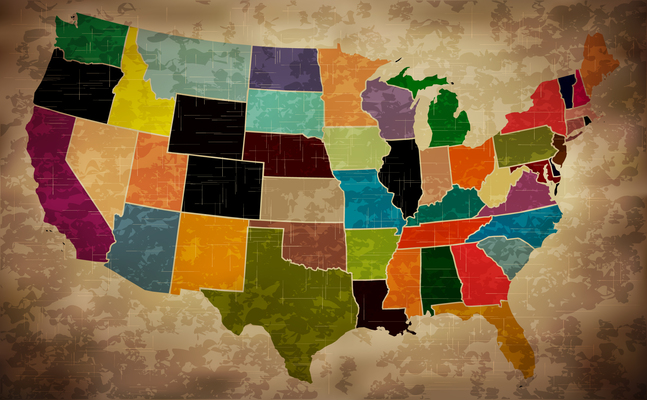Those who oppose the Founder's solution to limiting the federal government often misconstrue the language of Article V and claim that it does not specify the kind of convention the states can call.
They argue that we do not know how such a convention will operate or what kind of rules it will follow.
The truth, however, is exactly the opposite. The Founders knew precisely the kind of convention they wanted the states to call and how that "Convention of the states" would operate.
As Prof. Rob Natelson explained in a recent article published by Townhall.com, the states have met many times in conventions of states, and from these meetings we can determine the rules for an Article V Convention of States:
In an 1831 decision, the U.S. Supreme Court said an amendments convention is a convention of the states. My newly-issued research study confirms the Supreme Court was correct.
During the century before the Constitution was drafted, conventions among North American colonies, and later among states, met on average every three or four years. After Independence in 1776, the pace quickened: The Constitutional Convention of 1787 was the 11th interstate gathering in 11 years. All were assemblies of state delegations, operating as ambassadors from their respective states.
The delegates were officially called “commissioners” and the meetings dubbed either “conventions of the states” or by some well-recognized synonym.
The fact that the founders knew only of the “convention of the states” model of interstate meeting suggests strongly they intended an amendments convention to work the same way. The new study shows how the “convention of states” approach fits within the Constitution they drafted and approved.
Additionally, the study collects numerous documents in which Founders specifically labeled an amendments convention a “convention of the states.” All these documents originated when Americans still were debating the new Constitution. Remarkably, everyone seems to have shared the view that an amendments convention would be a “convention of the states,” irrespective of whether he favored the Constitution.
Prof. Natelson concludes:
For a such a gathering, the state legislatures decide how many commissioners to send to the convention and how they are chosen. Previous experience suggests state legislatures will select most commissioners. That ensures the commissioners are experienced in public policy and official drafting.
When the convention is called to order, each delegation will have an equal voice. Although the assembly theoretically could change that rule, no convention of states ever has.
If delegations from all 50 states attend, then 26 will be able to propose an amendment. Their proposal will, however, be merely a proposal. To become part of the Constitution, three-fourths of the states (38) must approve, thereby assuring the amendment has strong popular support.
Those who foster fear and mistrust of a Convention of States are either lying intentionally or simply do not understand the history of "conventions of the states." An Article V Convention of States has never been held, but the states have held numerous conventions, and from these meetings we can know and predict how the first Article V Convention will operate.







